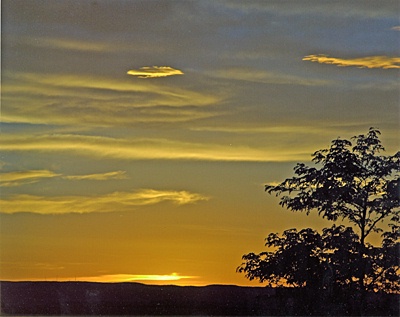All Nonfiction
- Bullying
- Books
- Academic
- Author Interviews
- Celebrity interviews
- College Articles
- College Essays
- Educator of the Year
- Heroes
- Interviews
- Memoir
- Personal Experience
- Sports
- Travel & Culture
All Opinions
- Bullying
- Current Events / Politics
- Discrimination
- Drugs / Alcohol / Smoking
- Entertainment / Celebrities
- Environment
- Love / Relationships
- Movies / Music / TV
- Pop Culture / Trends
- School / College
- Social Issues / Civics
- Spirituality / Religion
- Sports / Hobbies
All Hot Topics
- Bullying
- Community Service
- Environment
- Health
- Letters to the Editor
- Pride & Prejudice
- What Matters
- Back
Summer Guide
- Program Links
- Program Reviews
- Back
College Guide
- College Links
- College Reviews
- College Essays
- College Articles
- Back
Update on NASA: Solar Probe Plus
For thousands of years, the curiosity of what’s beyond our earth has consequently led to thousands of discoveries and inventions, all of which has benefited us. The most recognizable people of blame would be Galileo Galilee, Nicholas Copernicus, Claudius Ptolemy, Tyco Brahe, Isaac Newton, and Albert Einstein. As time passed, curiosity grew, and so we welcomed with open arms, the space race. This “race” is still opening doors o scientists, physicists, and mathematicians worldwide and providing us with answers.
The competition’s contestants, (India, China, Japan, Europe, USA, and Russia), were and still are in fierce yet enjoyable competition. Russia started by putting a satellite into space and then launching into Earth’s orbit: visiting space. That infuriated rivalries and so, the USA sent a man to the moon. Later on, we sent a satellite to a planet that lies seven months away. But now, as the contest rages, and our curiosities are in deep need to be satisfied, we have found a way to something that’s never before been done or attempted. To send a satellite to space was a universal accomplishment, one huge step to a greater understanding of the world that we live in. Now we will do something that has never before been attempted: send a satellite to the fiery ball of gas that sustains life on our planet.
Solving two great dilemmas of astrophysics, and making discoveries on the way is a task left up to a mission called Solar Probe Plus (Solar Probe ) The mission is a probe that will travel where no spacecraft has ever before gone. Still in its preface, is being built by the Johns Hopkins' Applied Physics Lab (APL). This probe, armed with a heat resistant shield, will be able to withstand temperatures of over 1400°C, which will come in handy since it will get within seven million kilometers of the sun, at most, and to sample solar winds and magnetism deep in the Sun’s corona (atmosphere).
To further explain the first mystery, imagine a starry night, calming pitch-black darkness all around, and an enormous raging campfire sitting right front of you. Now when you stick a marshmallow-on-a stick into the fire, it lights up and burns on the stick. Now as you pull that marshmallow away from the fire, the temperature decreases since it is farther away from the hot fire and because the cool night air is chilling it down. But imagine if it only got hotter and hotter as you pulled it away. Well, it would definitely be inedible. This same reaction happens in space, with the sun. The Sun is the big campfire. If we were to stick a thermometer into its core, we would be able to see that as we started off with 6000°C, the further we got from it, the hotter the temperature would be. For some strange reason, unlike planet Earth, the Sun’s surface is hotter than its core.
Now for the second mystery, visualize a dry windless day. You’re somewhat near the beach as you’re sitting out with your flightless kite in your lap. As ocean currents rise, air shifts creating winds, which travel to you and pick up your kite, sending it soaring into the skies. Once again, the same thing happens with solar winds, without the wind, ocean currents and air shifts. That means that there is no source for wind, or any wind found, but the Sun still sends out millions of tiny charged particles in its solar wind. Anything surrounding or in proximity of the sun feels it, but no one knows what causes it. These winds aren’t very tame either, in fact, they pick up at enormous velocities at millions of mile per hour.
The answers to these complicated mysterious will have to wait until May of 2015, when the mission will start. Once launched, the course of the probe will lead it to pass Venus 7 times in 6 years, which may lead to even more discoveries along the way of the primary cause. As program scientist, Lika Guhathakurta says, “We can’t wait to get started.”

Similar Articles
JOIN THE DISCUSSION
This article has 0 comments.
